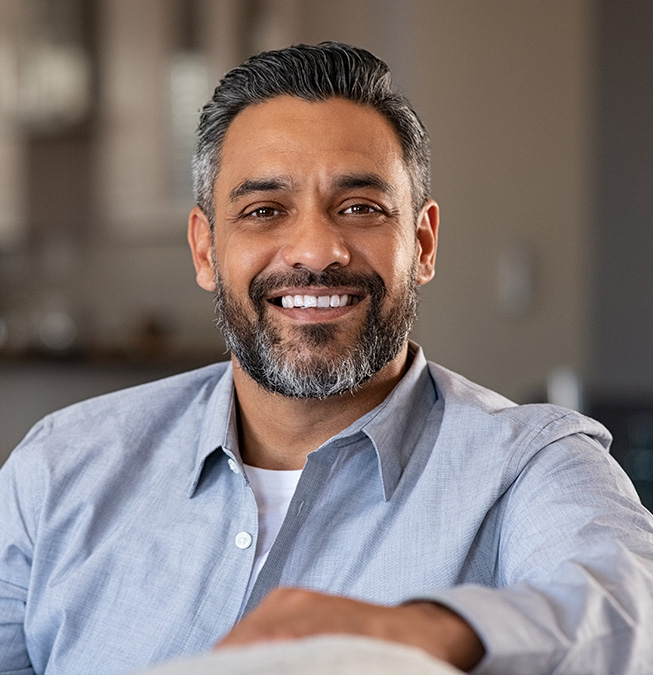- 20% OFF NEW PATIENT APPOINTMENT
- NOW ONLY £76 (USALLY £95)
- BOOK NOW
What is the difference between an orthodontist and a dentist? Find out the answer to this and other FAQ’s regarding orthodontistry…
Many people don’t really know the difference between a dentist and an orthodontist until they are told that they might benefit from orthodontic treatment.
A typical dictionary definition of dentistry will invariably mention the treatment of diseases and conditions which affect the teeth and gums. Mention will also probably be made of how dentistry can involve the repair, extraction and replacement of teeth.
Orthodontics does overlap with dentistry but it is a little more specialised.
According to the British Orthodontic Society – a charity aimed at promoting the study and practice of this branch of dentistry – orthodontics is “the branch of dentistry devoted to managing the development of the jaws and the teeth”.
Whether you’re researching treatment or looking for an orthodontist in London, you might well have some other questions to ask about orthodontistry. A few common questions, together with answers, are listed below.
I don’t seem to remember the term orthodontics used much when I was a child. Is it a new-fangled form of dentistry?
Not at all. Edward Angle, “the father of orthodontics”, invented this branch of dentistry in 1892.
Why do people need orthodontic treatment?
There are three main reasons why a child or an adult might need orthodontic treatment:
• To improve the cosmetic appearance of the teeth, smile and face
• To improve the health of the teeth and gums (overcrowding or gaps can lead to oral health problems developing)
• To improve ‘bite’ – the vital food-eating function of teeth
What types of orthodontic braces are available?
The traditional method of orthodontic treatment involves metal or ceramic braces. These braces are normally fixed to the teeth and cannot be removed for cleaning or during eating.
Removable braces offer more flexibility and are often more discreet than their metal counterparts – hence the generic name ‘invisible braces’.
Invisalign Braces are an example of removable braces which can be worn without anyone guessing that a person is undergoing orthodontic treatment.
How long will a course of braces treatment take?
Patients will normally have to wear braces for between 6-24 months. At the end of this treatment, retainers might well have to be fitted to prevent teeth from returning to their original position.
How effective is orthodontic treatment?
The answer to this depends partly on how committed a patient is to treatment. Orthodontists cannot be on hand 24-hours per day to check whether patients are wearing the braces as often as possible. However, they can take a pretty shrewd guess at how well-used the braces have been when it’s time for a check-up!
Patients will also have to protect their oral health (and their braces’ condition) during treatment through regular cleaning and avoiding certain sticky and decay-inducing sweets and treats.
If I’m regularly seeing my orthodontist do I still need to see my dentist?
While your braces are in place you will need to see your orthodontist for regular appointments. However, this doesn’t mean that you can skip dental appointments. Remember: an orthodontist will help manage the movement of your teeth while a dentist will check for decay.
Are orthodontic treatments improving?
Dr. Kosta Spathoulas is an orthodontist who is currently working in Aberdeen, Scotland; he will be starting work with Ethicare Dental Practice in Putney, London in January 2012.
He has seen great changes in the profession during his six years as an orthodontist. “We’re getting results which are quicker and better than the ones we could have achieved five years ago,” he said.
Dr. Kosta enjoys “the psychology involved in putting patients at their ease and explaining procedures”, said: “I like to see the results of dentistry – a beautiful smile is a great reward.”
So you see: orthodontics and dentistry might be quite different disciplines but they do share one common goal: achieving “a beautiful smile”.

Lorem ipsum dolor sit amet, consectetur adipiscing elit, sed do eiusmod tempor incididunt ut labore et dolore magna aliqua. Ut enim ad minim veniam, quis nostrud exercitation ullamco laboris nisi ut aliquip ex ea commodo consequat. Duis aute irure dolor in reprehenderit in voluptate velit esse cillum dolore eu fugiat nulla pariatur.








Sed ut perspiciatis unde omnis iste natus error sit voluptatem
accusantium dolor emquesit voluptatem laudantiu.
Sed ut perspiciatis unde omnis iste natus error sit voluptatem accusantium dolor emquesit voluptatem laudantiu.
I have been really happy with my experience at Ethicare Dental Practice. From the moment I walked in, everyone was kind, reassuring, and professional. They took the time to explain things properly and... Read More
Loved the service, especially being a wheelchair user. They have made me feel very well taken care of, had a tooth removed and they were the first dentists to give me th after care instructions as wel... Read More
I’ve been a patient of Glafcos Tombolis for the past eight years, and I couldn’t be happier. When I first visited his practice, my teeth were in a bad state, and as a nervous patient, I found dent... Read More
Best orthodontist I've seen! Priti took the time to talk through everything with me, gave me a really honest opinion and helped me understand all of the history and future options with my teeth. She w... Read More
Glafcos has been my dentist for many years and I wouldn't consider going anywhere else. He is extremely patient and thorough and makes time to explain all procedures fully and answer any questions. ... Read More